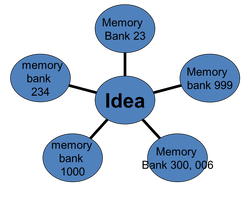
WRITER: When do you know when to put your story down. When do you know that you've taken the story as far as you can and it's time to let go and move on?
LINDA You ask a very big question, moreover, one a lot of writers would like to know the answer to. I have a question for you. What’s to stop you putting your story down for a while and having a go writing something else? Your first story isn’t going to run away, and you won’t be the first writer to have a script rejected which is then picked up after they’ve had success with a different project. Also, getting away from the project that you’ve been so attached to for such a long while will probably do the project good.
No successful writer even wrote just one thing. Very often you have things on the back burner that you come back to from time to time. Sometimes, alas, some of the best things you write are not loved by other people and some of the things you think are just okay have people telling you they are life-changing. That’s the way it goes. The thing is to keep writing.
Here’s a challenge for you - really, it’s just a bit of fun. It’s an exercise. You can lose nothing by it and you have everything to gain. Put your existing script in a safe place where it can sit for two weeks.. Now, go to the first section of my book, the section on creativity under pressure. Find a story trigger and brainstorm twenty ideas for a film – more if you can. Remember, the rule is, brainstorm uncritically. Put your inner critic aside or you will block. The idea is to get as many ideas as possible, even if some are terrible or cliched or derivative. You will find, if you relax, that some really good ideas also come out along the way, and that's what the process is about. Choose three and spend a few days thinking about them (just in your odd moments here and there). Finally, choose the best and try developing it using the method I show you in the book. It will be fun and the chances are that your new baby will start to take a hold on your affections too. You haven’t forgotten your first, but now you’ve got a second. Hope that helps

 RSS Feed
RSS Feed


